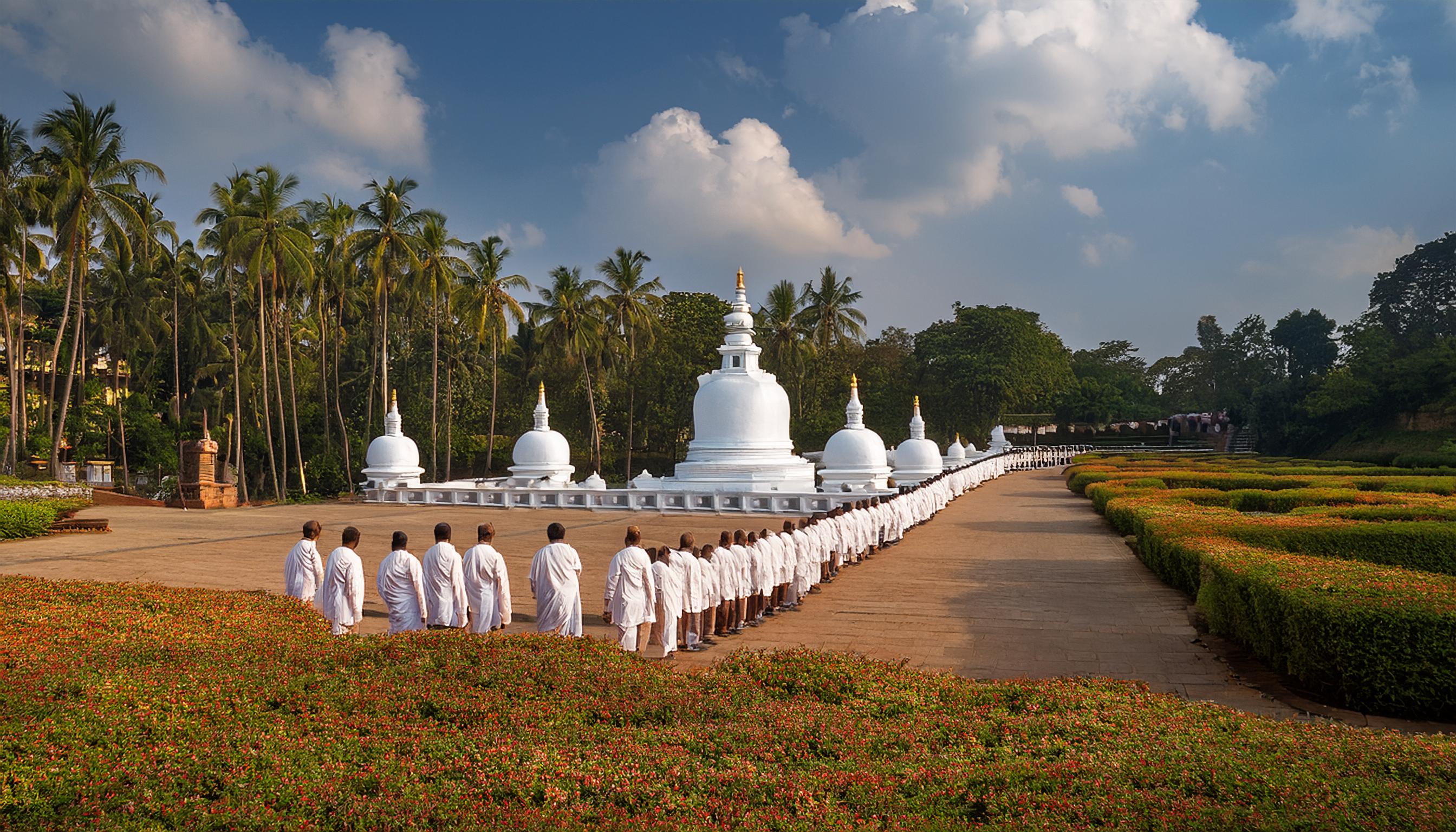
The Origin of the Sinhala Language
Sinhala, the language of the Sinhalese people, holds a prominent place in the cultural and historical identity of Sri Lanka. As one of the island's two official languages, Sinhala has a rich heritage that spans over two millennia. Understanding its origins involves exploring a blend of linguistic evolution, cultural exchanges, and historical migrations.
Early Roots and Indo-Aryan Influence
Sinhala is classified as an Indo-Aryan language, belonging to the larger Indo-European language family. Its origins can be traced back to the migration of Indo-Aryan settlers from northern India to Sri Lanka around the 5th century BCE. These settlers brought with them Prakrit, a group of ancient Middle Indo-Aryan dialects, which formed the linguistic foundation of Sinhala.
The Prakrit spoken by these settlers evolved over centuries, influenced by local dialects and the geographical isolation of the island. This linguistic evolution resulted in the development of Proto-Sinhala, the earliest recognizable form of the Sinhala language.
The Role of Buddhism and Pāli
The arrival of Buddhism in Sri Lanka in the 3rd century BCE, under the patronage of Emperor Ashoka and the missionary efforts of Mahinda Thera, had a profound impact on the Sinhala language. Pāli, the liturgical language of Theravāda Buddhism, significantly enriched Sinhala by introducing religious vocabulary and literary traditions.
Monks and scholars translated Buddhist texts into Sinhala, ensuring that the teachings of the Buddha were accessible to the local population. This process not only facilitated the spread of Buddhism but also contributed to the linguistic and literary development of Sinhala.
Influence of Dravidian Languages
The proximity of Sri Lanka to southern India led to frequent interactions with Tamil-speaking populations. The Dravidian influence on Sinhala is evident in its vocabulary, phonetics, and syntax. Over centuries of coexistence, Sinhala absorbed numerous Tamil loanwords, particularly in areas such as agriculture, trade, and administration.
Despite these influences, Sinhala maintained its distinct Indo-Aryan character, blending external elements into its linguistic framework while preserving its core structure.
Evolution of Written Sinhala
The earliest written records of the Sinhala language are found in Brahmi inscriptions dating back to the 3rd century BCE. These inscriptions, primarily associated with Buddhist monastic sites, mark the beginning of Sinhala as a written language.
Over time, the Sinhala script evolved from Brahmi to its present form, incorporating unique stylistic elements. By the 9th century CE, Sinhala literature began to flourish, with works like the "Dīpavaṁsa" and "Mahāvaṁsa," which chronicled the island’s history and Buddhist heritage.
Colonial Era and Modernization
The arrival of European colonial powers—the Portuguese, Dutch, and British—introduced new layers of influence to the Sinhala language. Portuguese, Dutch, and English loanwords entered the Sinhala lexicon, reflecting the cultural and administrative changes of the colonial period.
During British rule, Sinhala underwent significant modernization, including the development of a standardized grammar and the introduction of print media. These developments laid the foundation for Sinhala’s role as a modern language in an independent Sri Lanka.
Contemporary Sinhala
Today, Sinhala is spoken by approximately 16 million people as their first language and serves as a key medium of communication in Sri Lanka. It continues to evolve, incorporating new words and expressions while maintaining its historical and cultural essence.
Sinhala’s journey from its ancient Indo-Aryan roots to its modern form is a testament to the island’s rich history and diverse cultural interactions. As both a spoken and literary language, Sinhala remains a vital part of Sri Lanka’s identity, bridging the past and present for its people.